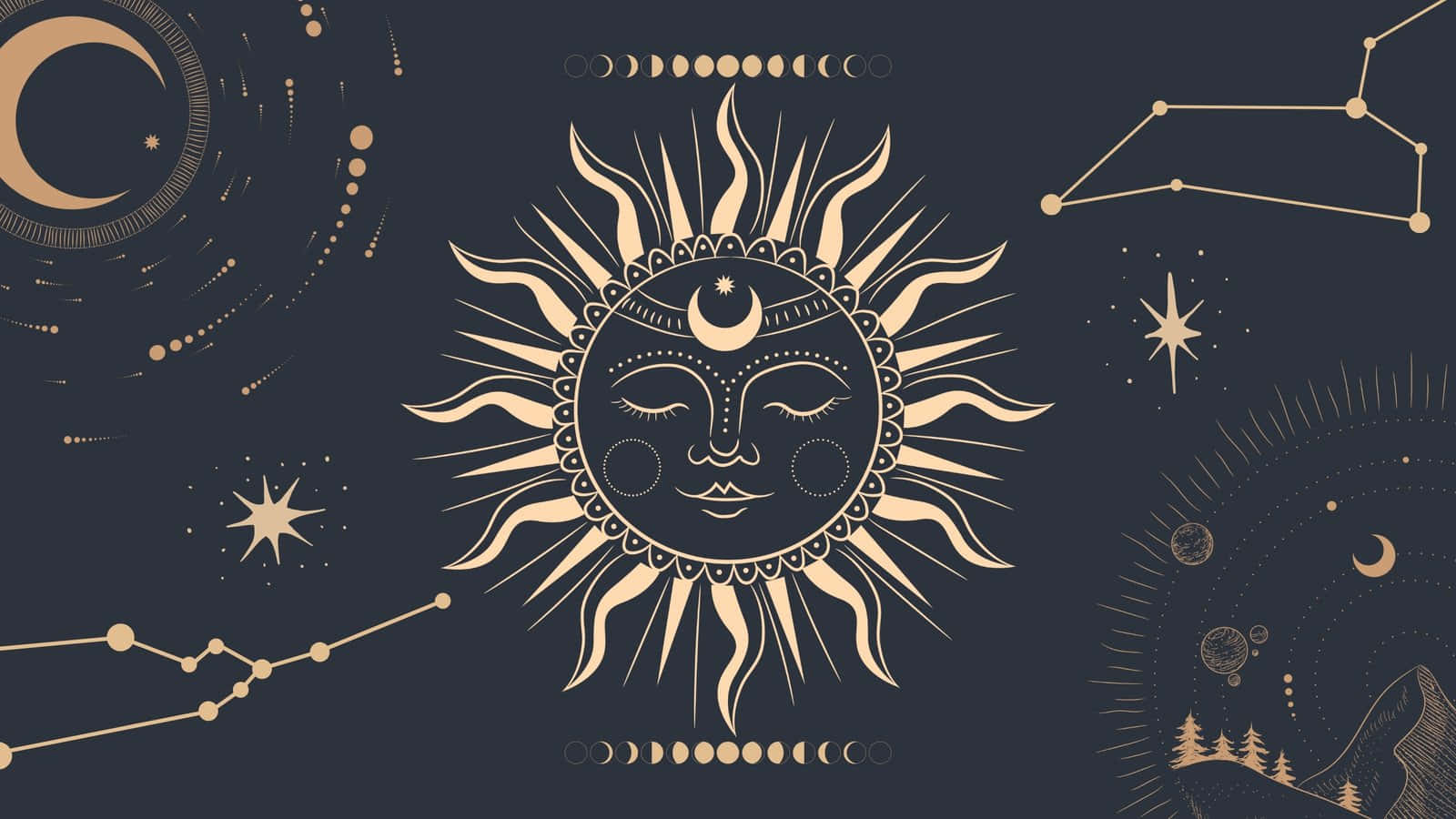
FAQ About Astrology
Astrology
2 years ago | gizem
How does astrology relate to the seasons and natural cycles?
Astrology is closely connected to the seasons and natural cycles as it is based on the movements and positions of celestial bodies, particularly the Sun, Moon, and planets. Here are some ways astrology relates to the seasons and natural cycles:
- Solar Cycle: The Sun's position along the ecliptic (apparent path of the Sun) determines the seasons. Astrology is based on the annual solar cycle, with the Sun's movement through the twelve zodiac signs corresponding to the changing seasons. Each zodiac sign is associated with a specific time of the year and reflects the qualities and energies prevalent during that season.
- Equinoxes and Solstices: The equinoxes and solstices mark significant points in the solar cycle and have astrological significance. The vernal equinox (around March 21st) marks the beginning of spring in the Northern Hemisphere and the beginning of the astrological year in Western astrology. The summer solstice (around June 21st) represents the longest day of the year in the Northern Hemisphere and marks the beginning of summer. The autumnal equinox (around September 23rd) marks the beginning of autumn, and the winter solstice (around December 21st) marks the shortest day of the year and the beginning of winter.
- Lunar Cycle: The Moon's phases and cycles also play a role in astrology. The lunar cycle, which spans approximately 29.5 days, is divided into eight phases, including the New Moon, Waxing Crescent, First Quarter, Waxing Gibbous, Full Moon, Waning Gibbous, Last Quarter, and Waning Crescent. These lunar phases have their own symbolic meanings and are used in astrology for timing, planning, and understanding emotional cycles.
- Planetary Cycles: Astrology considers the movements and cycles of the planets in relation to the Sun and Earth. Each planet has its own orbital period, which creates cycles and patterns. For example, the cycle of Mercury, the fastest-moving planet, lasts approximately 88 days, while the cycle of Pluto, the slowest-moving planet, spans several decades. Astrologers analyze planetary cycles and their interactions to gain insights into personal and collective trends, events, and themes.
- Seasonal Archetypes: Each zodiac sign is associated with specific archetypal qualities that align with the characteristics of the respective season. For example, Aries represents the energy of new beginnings and the arrival of spring, while Capricorn embodies the disciplined and structured energy of winter. These archetypes reflect the natural cycles of growth, transformation, and renewal that occur throughout the year.
- Nature-Based Astrology: Some astrologers incorporate nature-based astrology, which focuses on the relationship between astrology and the natural world. This approach emphasizes the connections between planetary cycles, zodiac signs, and the cycles of nature, including the phases of the Moon, the changing seasons, and the agricultural or ecological cycles.
